Why is It Easy to Take Advantage of People
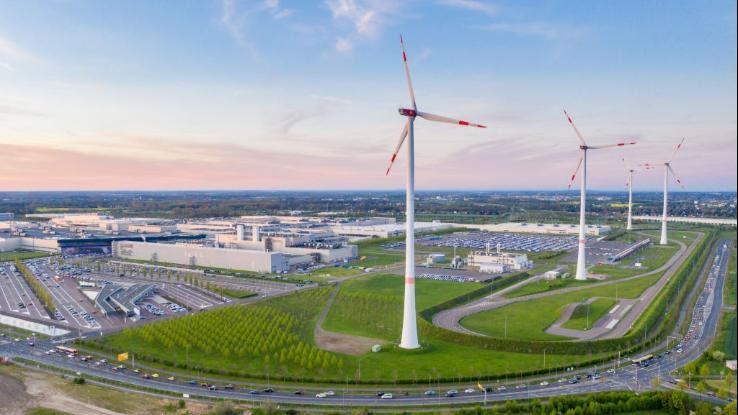
What is sustainable development? According to the International Institute for Sustainable Development, it involves "development that meets the needs of the present without compromising the ability of future generations to meet their own needs." The definition is nearly as broad and all-encompassing as it sounds, covering everything from infrastructure to climate to water and energy usage to economics to equality and social justice.
But just because the goals of sustainable development sound lofty and beneficial that doesn't mean it's automatically an admirable pursuit. Sustainable development can be costly and may lead to job loss in some areas, so it isn't without downsides. Explore the advantages and disadvantages of sustainable development to learn more about how the concept could help or hinder our progress as a society.
Sustainable Development Goals
In September 2015, all member states of the United Nations endorsed The 2030 Agenda for Sustainable Development. You'll often see it referred to simply as Agenda 2030. Agenda 2030 created 17 goals with a targeted timeline extending to the year 2030. The ultimate goal of these smaller goals is to create a global partnership in recognition of the belief that eliminating poverty and deprivation around the world is possible only by improving health and education, reducing inequality, spurring economic growth, tackling climate change and preserving oceans and forests. Here are some of the 17 goals of Agenda 2030:

- To end poverty in all its forms everywhere
- To end hunger, improve food security, improve nutrition and support sustainable agriculture
- To ensure clean water is available to everyone
- To ensure sustainable and affordable energy is available to everyone
- To promote full and productive employment in decent work
- To promote resilient infrastructure and innovative industrialization
- To make production-consumption patterns sustainable
- To act urgently to combat climate change and its effects
- To make partnerships for implementing these goals more possible and effective
What do all those goals mean, exactly? Rather than trying to tackle them all, understanding how they work in the real world makes more sense if you focus specifically on each one. For example, what would sustainable development in terms of "resilient infrastructure" look like when it comes to building construction?
The World Green Building Council defines green buildings as those designed, constructed or operated in a way that "reduces or eliminates negative impacts, and…create[s] positive impacts on our climate and natural environment." According to the council, there are eight factors that make buildings — including houses, offices, schools, hospitals, government headquarters, factories and shopping malls — "green":
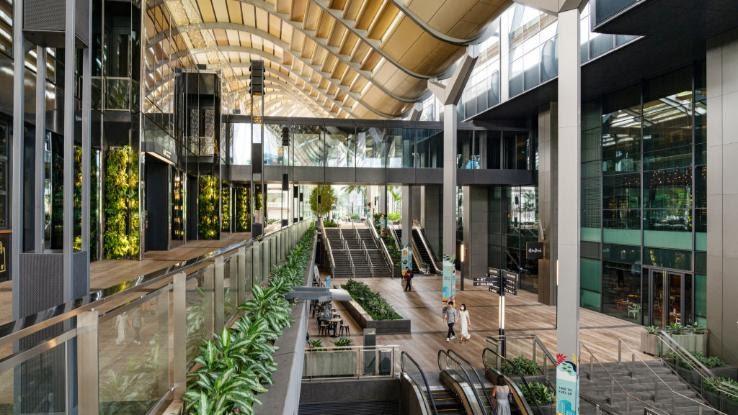
- Green buildings use energy and water efficiently.
- Green buildings use renewable energy like solar power.
- Green buildings have systems for reducing pollution and waste while enabling re-use and recycling.
- Sustainable buildings have good indoor air quality.
- Sustainable buildings use non-toxic, ethical and sustainable materials.
- Designers and contractors involved in the installation of green buildings take the natural environment into account in their design, construction and operation.
- Designers and contractors building sustainable buildings prioritize the quality of life of the buildings' occupants.
- Green and sustainable buildings adapt to the environment around them as it changes.
Non-Sustainable Materials List
So, say you're a contractor who's been inspired to help the United Nations achieve Agenda 2030 in designing and constructing resilient infrastructure by building green and sustainable homes. To ensure your homes are green and sustainable, you're determined to use "non-toxic, ethical and sustainable materials," as prioritized by the World Green Building Council. What types of materials should you avoid using in your housing project?
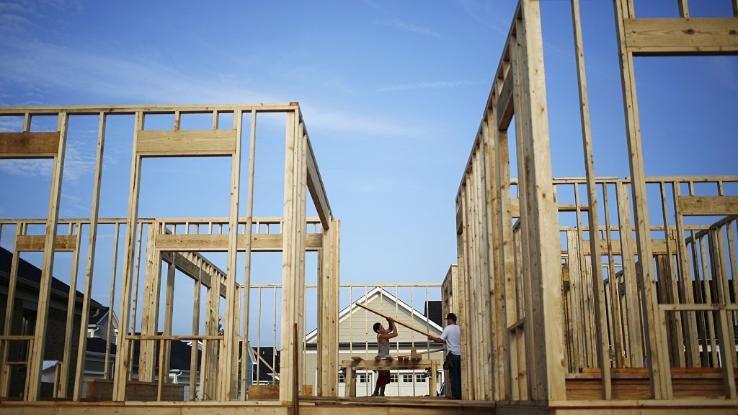
Concrete is made of cement, sand and aggregates — all environmentally friendly materials. The problem, though, is that extracting those materials and actually manufacturing concrete is incredibly energy-intensive. A sustainable alternative to concrete? Construction with the 100% organic material mycelium. Or Ferrock, a product made from waste steel dust and silica.
Roofing shingles are manufactured through an energy-intensive process. While traditional shingles made of clay, slate, concrete or plastic substances effectively protect a building from wind, rain and sun, producing them is, overall, destructive to the environment. Using solar tile/shingle hybrid products can simultaneously protect structures and produce renewable energy.
Chemical-based insulation products frequently contain potentially hazardous substances such as isocyanate and formaldehyde. One environmentally friendly type of alternative produced through reuse and recycling is paper insulation products that use recycled paper and cardboard with borax and calcium carbonate added to the mix. Wool insulation sheared from sheep is another renewable alternative.
What about wood? Wood is a more sustainable building product than concrete or steel, but that doesn't mean all kinds of wood are ideal from the perspective of green and sustainable construction. The destruction of forests to fuel wood-based construction contributes to the loss of biodiversity and other serious problems. The solution may not be to stop using wood, but to choose a better wood product — or grass product — than is often used now. Bamboo is an ideal alternative to wood. It looks like wood and can be used like wood in many construction applications, but it regenerates incredibly quickly compared to many trees. In some places, bamboo grows several feet every day.
Disadvantages of Environmental Sustainability
The advantages of green and sustainable development are clear. But is there a downside? Turning our backs on the environmentally destructive practices of old while prioritizing sustainable alternatives can have some negative implications, there's no denying it. The issue, of course, is to find a sustainable balance between the advantages and disadvantages of sustainable approaches to development. Below are some of the disadvantages of environmental sustainability:
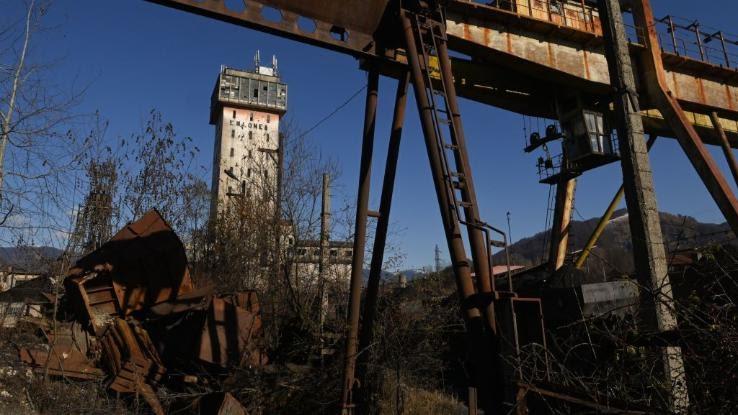
- Environmentally sustainable products and materials can be more expensive, meaning construction costs will increase.
- Many of the most environmentally harmful industries — resource extraction and energy-intensive manufacturing, for example — are also the largest employers and economic contributors. Transitioning away from those resource-extraction and energy-intensive practices will mean disruption in employment and economic production for families and economies.
- Governments that have sought to lead transitions toward green and sustainable development have traditionally done so through legal regulation. Increased regulation can contribute to delays and increased costs.
Limitations of Sustainable Development
The opportunity to transition from tried-and-true construction methods and energy-intensive economic drivers is a privilege closely held by communities, countries and economies with the financial, leadership, scientific and other resources to look for and pursue alternatives. But what about communities, countries and economies where tried-and-true but energy-intensive approaches are the only realistic options?
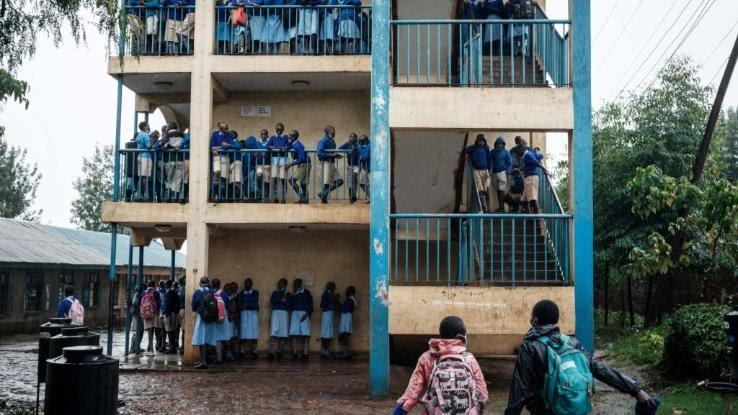
The gap between the privilege to pursue a sustainable lifestyle and the availability of innovative and expensive sustainable options is not the only downside of a focus on sustainable development, but it is a real one. The organization International Young Naturefriends identifies these and related limitations affecting developing countries in the following way:
- Developing countries often don't have the financial resources to plan and implement sustainable projects.
- War-torn or famine-stricken countries may be forced to face other priorities first, even if the lack of sustainable development may have contributed to those circumstances in the first place.
- Many unstable governments are unwilling to manage or incapable of managing the tension between ready profit and the long-term costs of shifting toward sustainable development, even when those long-term investments might pay off in the future.
Sustainable development. Two big words that capture even bigger goals and priorities — and plenty of tension within them. Finding the balance between immediate needs and the sustainable satisfaction of those immediate needs in a way that improves rather than impairs our natural world is essential. To pretend that won't be hard would be irresponsible. To give up in the face of that difficulty would be even worse.
stoddardgurhander.blogspot.com
Source: https://www.reference.com/science/disadvantages-sustainable-development-aa5902a0b94f75ce?utm_content=params%3Ao%3D740005%26ad%3DdirN%26qo%3DserpIndex&ueid=a8d17441-8326-4755-bf0f-73f2b2aca73a